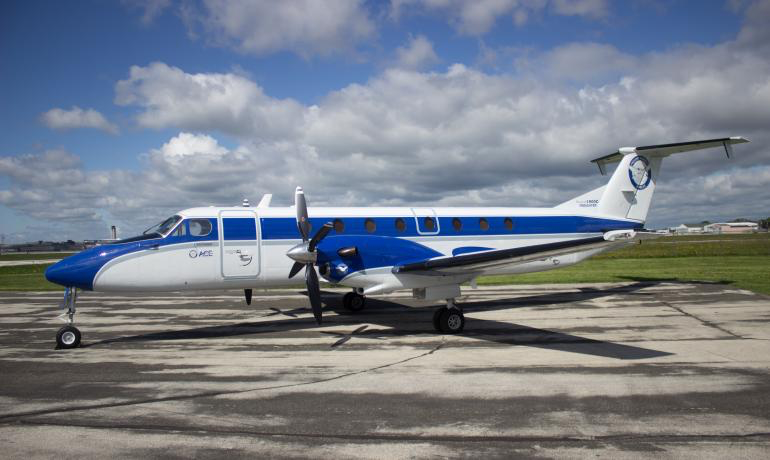
Matt Tschida – Northeast Area – August 2019
Get–there–itis (aviation): The determination of a pilot to reach a destination even when conditions for flying are very dangerous (in technical terms, a form of plan continuation bias).
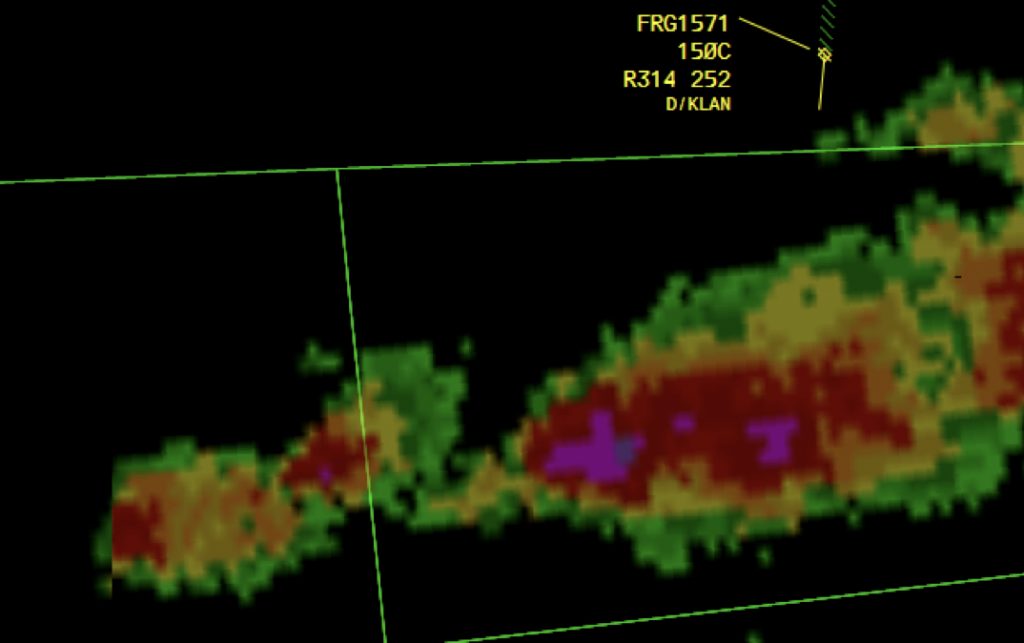
On August 29, 2019, FRG (Freight Runners) 1571 was a Beech 1900 enroute from Traverse City, MI to Lansing, MI and a significant line of thunderstorms was blocking their route. The pilot of FRG1571 checked onto Matt Tschida’s frequency deviating right of course (heading 210). Mr. Tschida recommended during his initial call that the pilot fly a 250 heading for about 70 miles, because there was moderate, heavy, and extreme precipitation between the pilot and the airport and that nobody has gotten through the storms all day. The pilot insisted that there was a break in the weather ahead and asked for a confirmation from Mr. Tschida. Mr. Tschida countered that it looks “pretty solid,” and that nobody had gone through the line of weather all day, not even big jets. The pilot acknowledged and offered to turn another 10 degrees right.
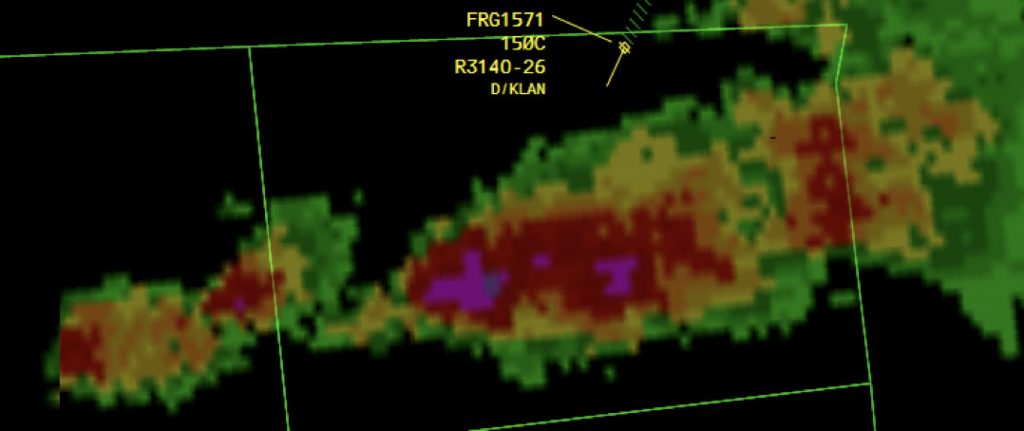
At 2346Z, as the pilot was still flying toward the hazardous weather and approximately 10 miles away, Mr. Tschida again issued the weather to the pilot as another attempt to warn him of the danger ahead. The pilot stated that he still saw a gap in the storms and wanted to fly through the gap. At 2347Z, Mr. Tschida again issued the weather and stated that there were not any holes for the pilot to go through and that a right deviation to a 270 heading would work. This time the pilot yielded, and said “yeah, it looks like the hole’s pretty much closing up. Would it be easier if I were go out east or west?” Mr. Tschida reiterated that a right turn to the west would best as the weather extended far to the east, and the pilot complied with Mr. Tschida’s recommendation.
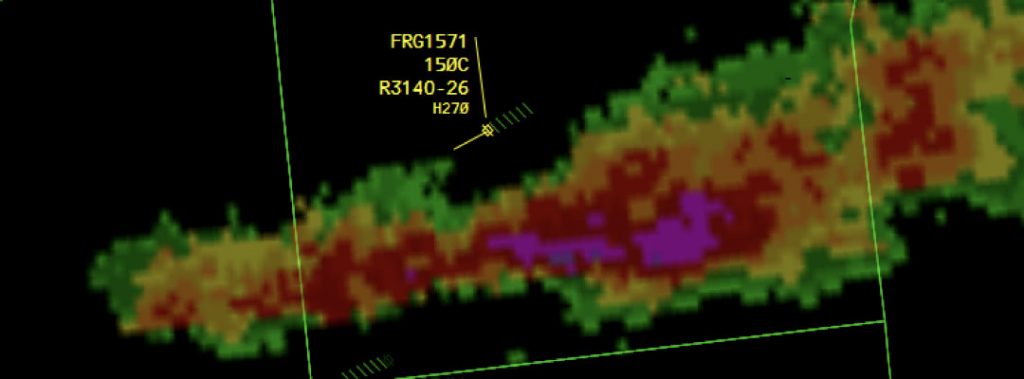
Mr. Tschida advised the pilot at 2351Z that their current deviation heading looked good and would take them safely west of the weather. The pilot concurred. Only two minutes later, the pilot again insisted that he saw a hole in the weather and wanted to turn left toward it. Mr. Tschida granted the turn, but cautioned the pilot that he does not see any holes in the precipitation and that the pilot would be clear of all depicted weather on his present heading in about 20 miles. The pilot again conceded and opted to “play it safe,” deviate around the western edge of the storm, then turn back to Lansing. “Thank you,” Mr. Tschida replied.
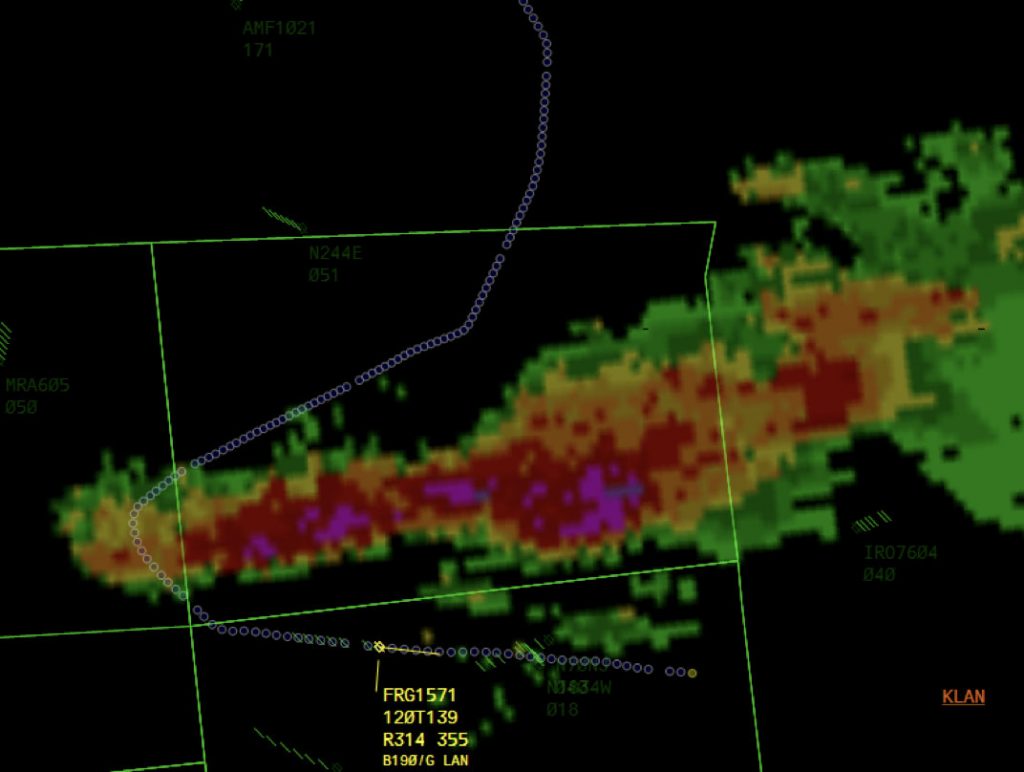
Mr. Tschida’s continued attention to, and dialog with, this pilot ensured that the pilot had all of the necessary information to make a sound, and safe decision. Mr. Tschida remained calm, professional, and frank with the pilot at all times, even when the pilot repeatedly wanted to turn toward the thunderstorms. Together, the pilot and Mr. Tschida were able to overcome this pilot’s “get-there-itis.” After the pilot followed Mr. Tschida’s advice and flew around the western end of the weather, he thanked Mr. Tschida for his help, and continued to an uneventful landing at Lansing.
